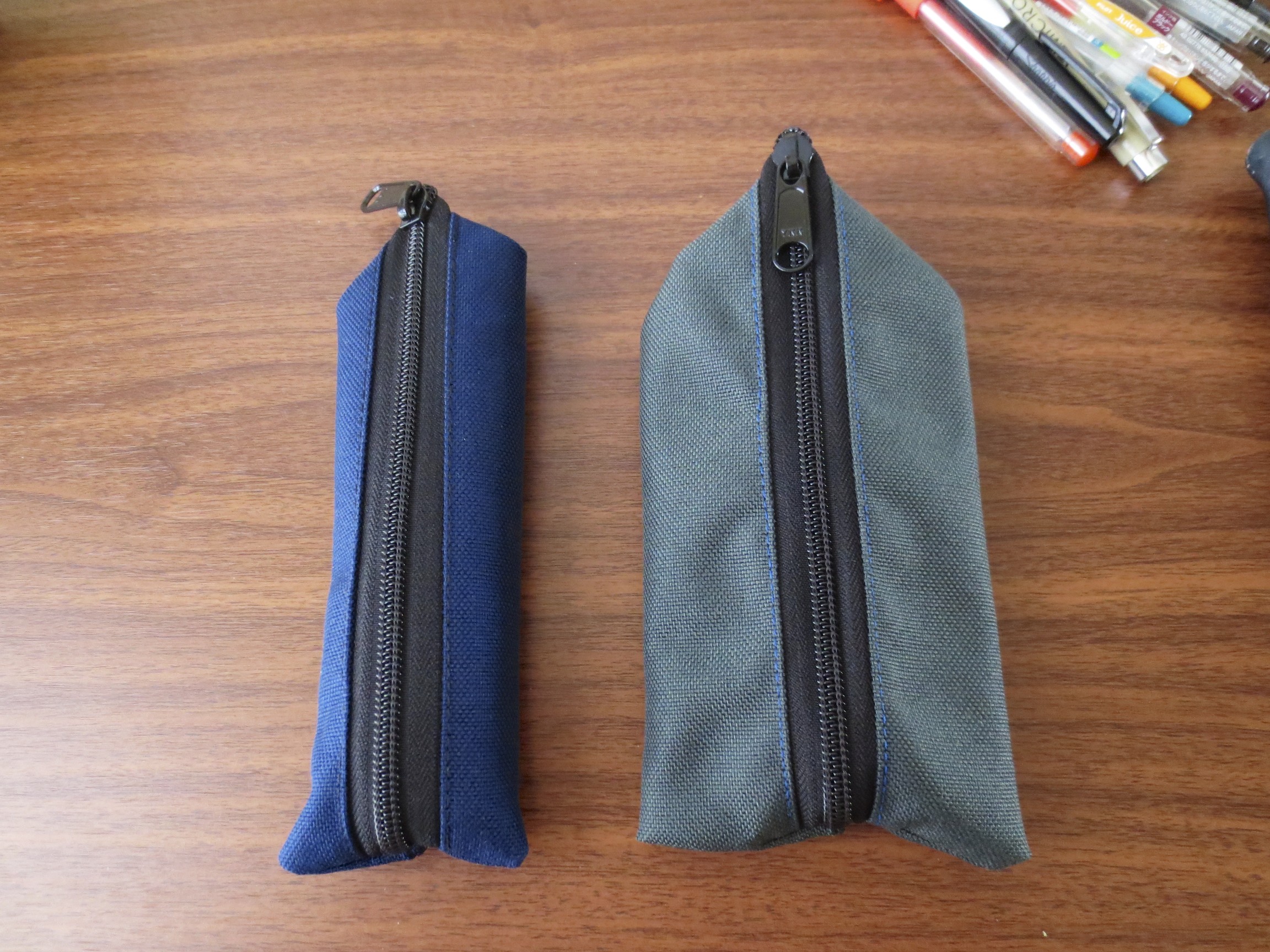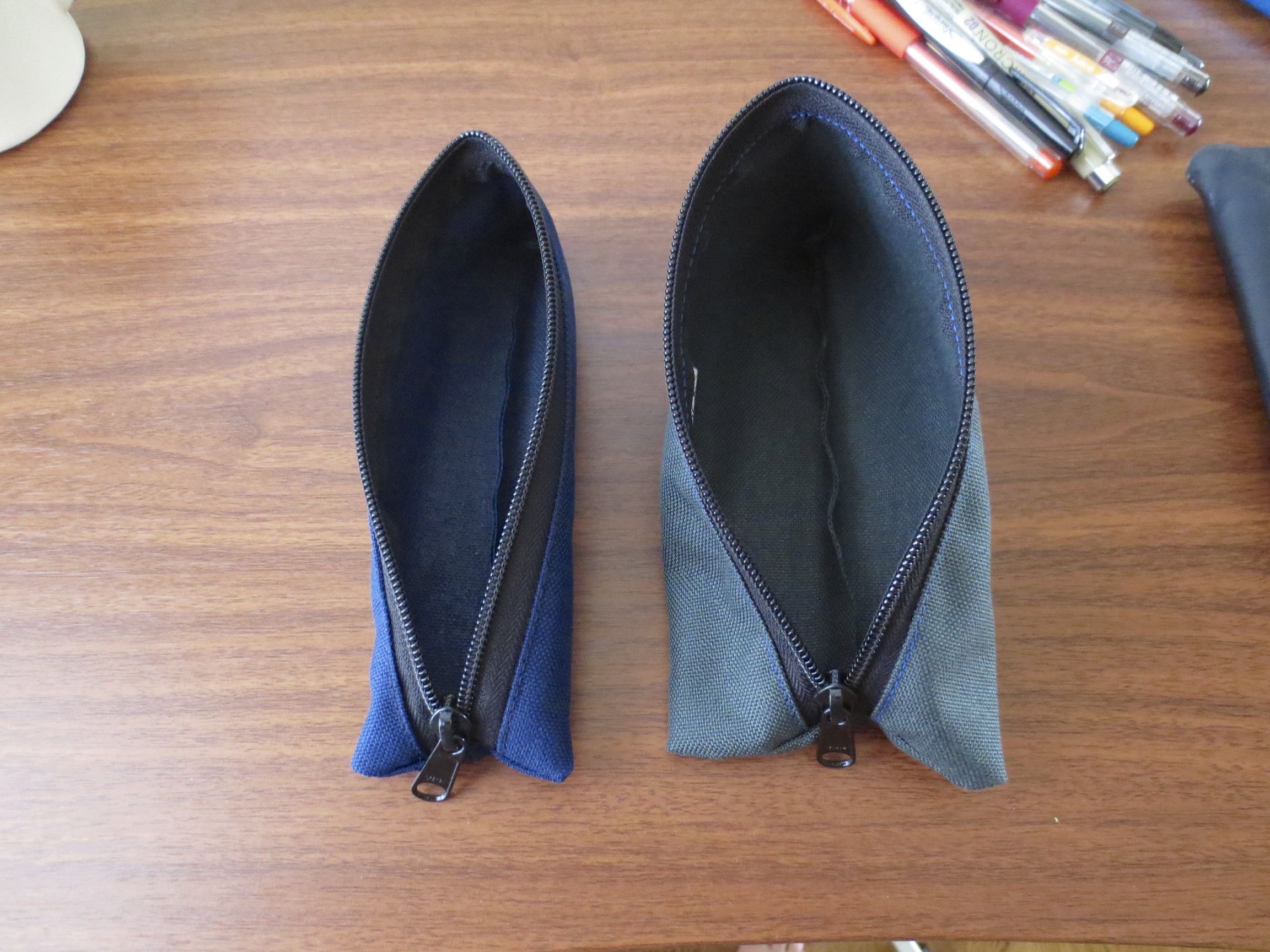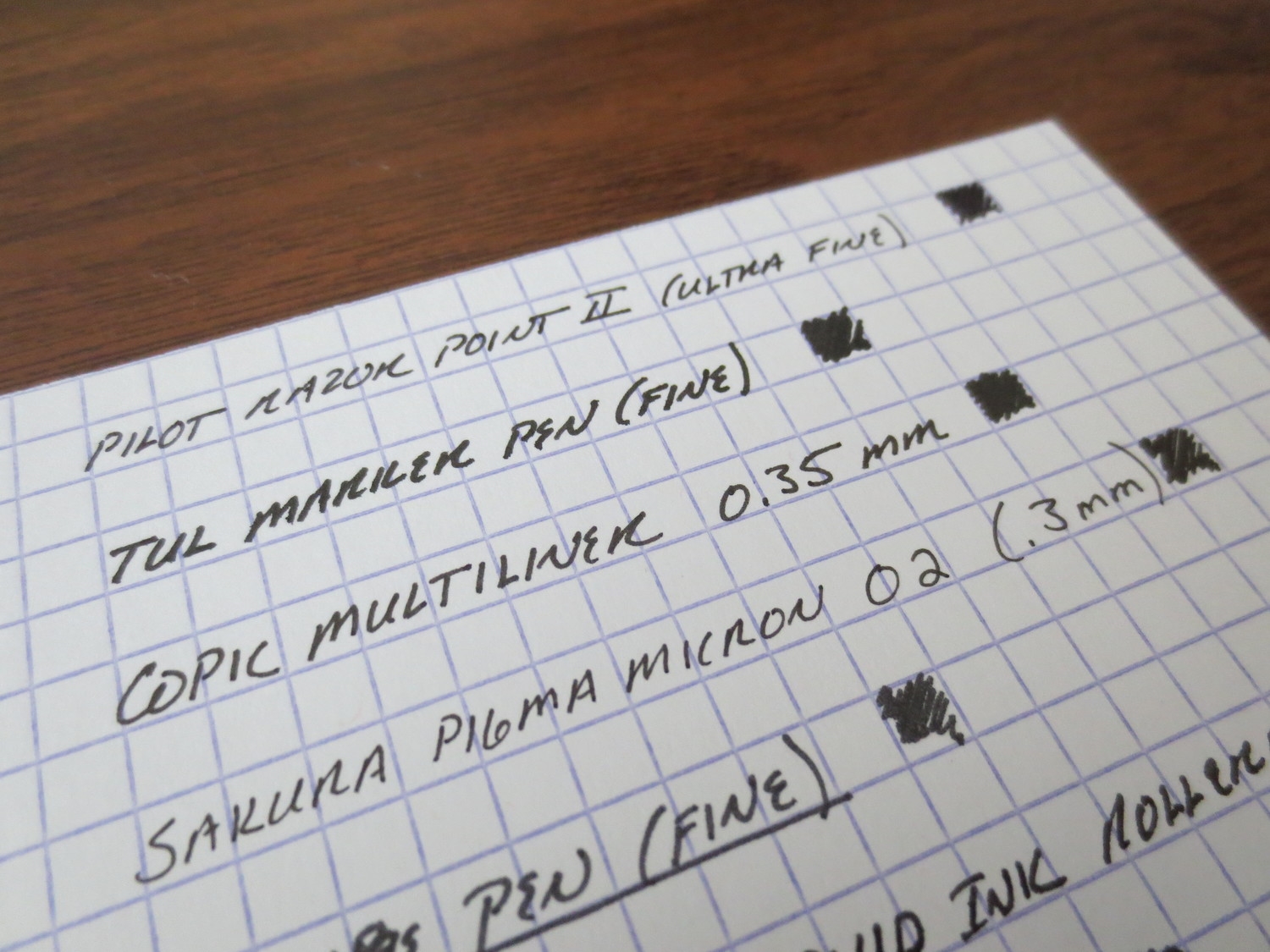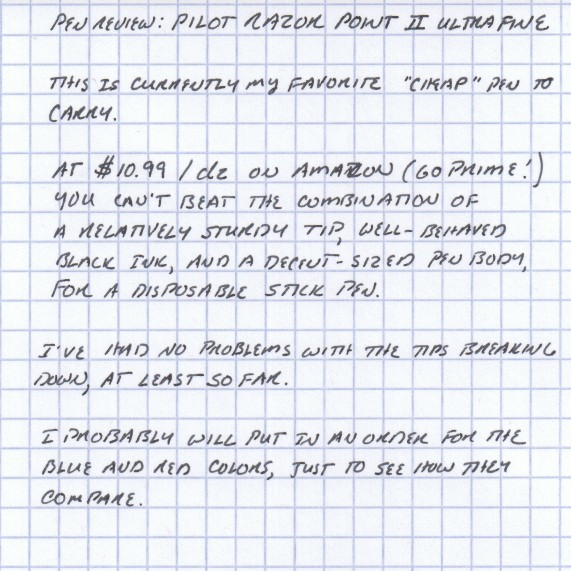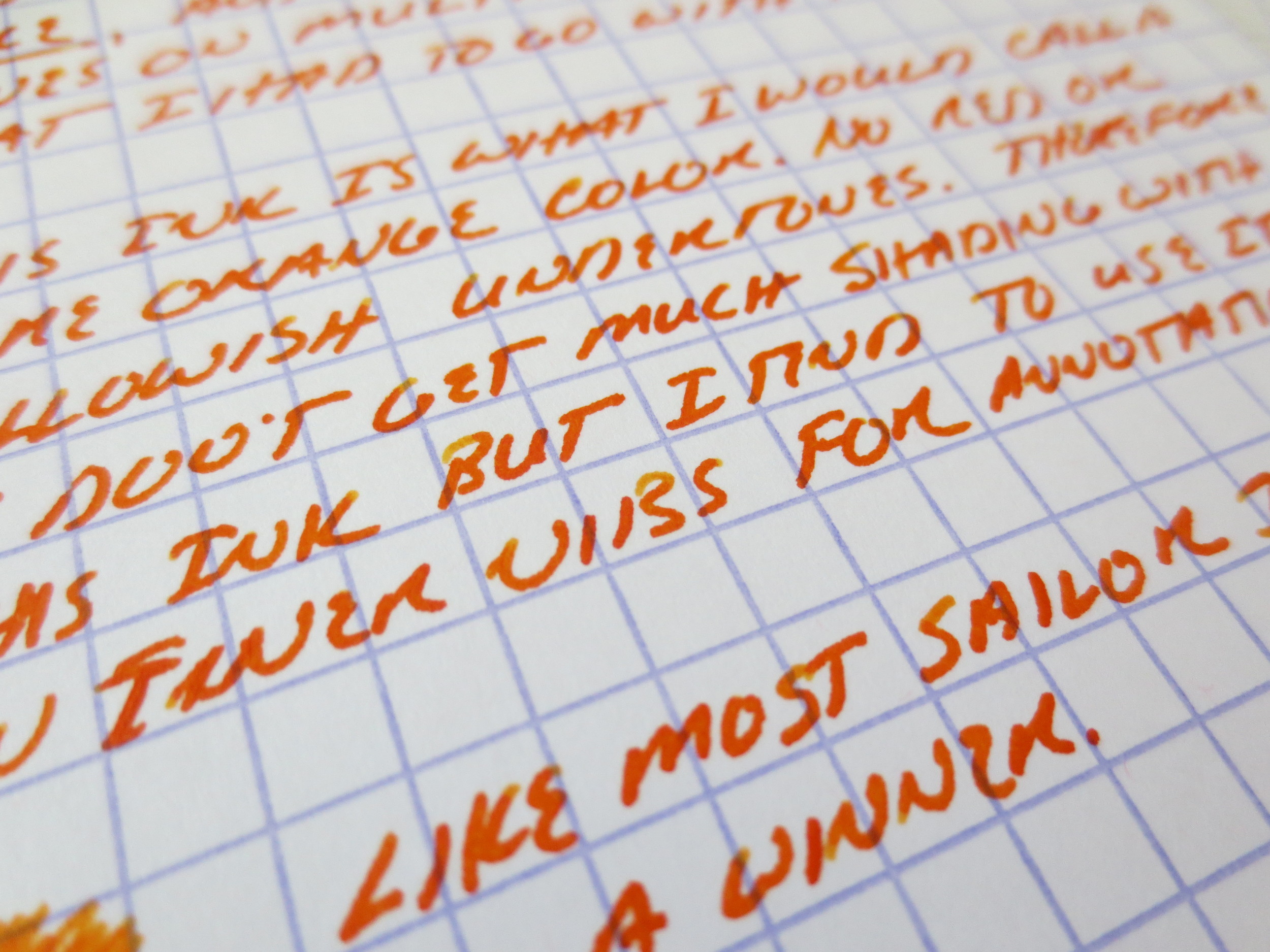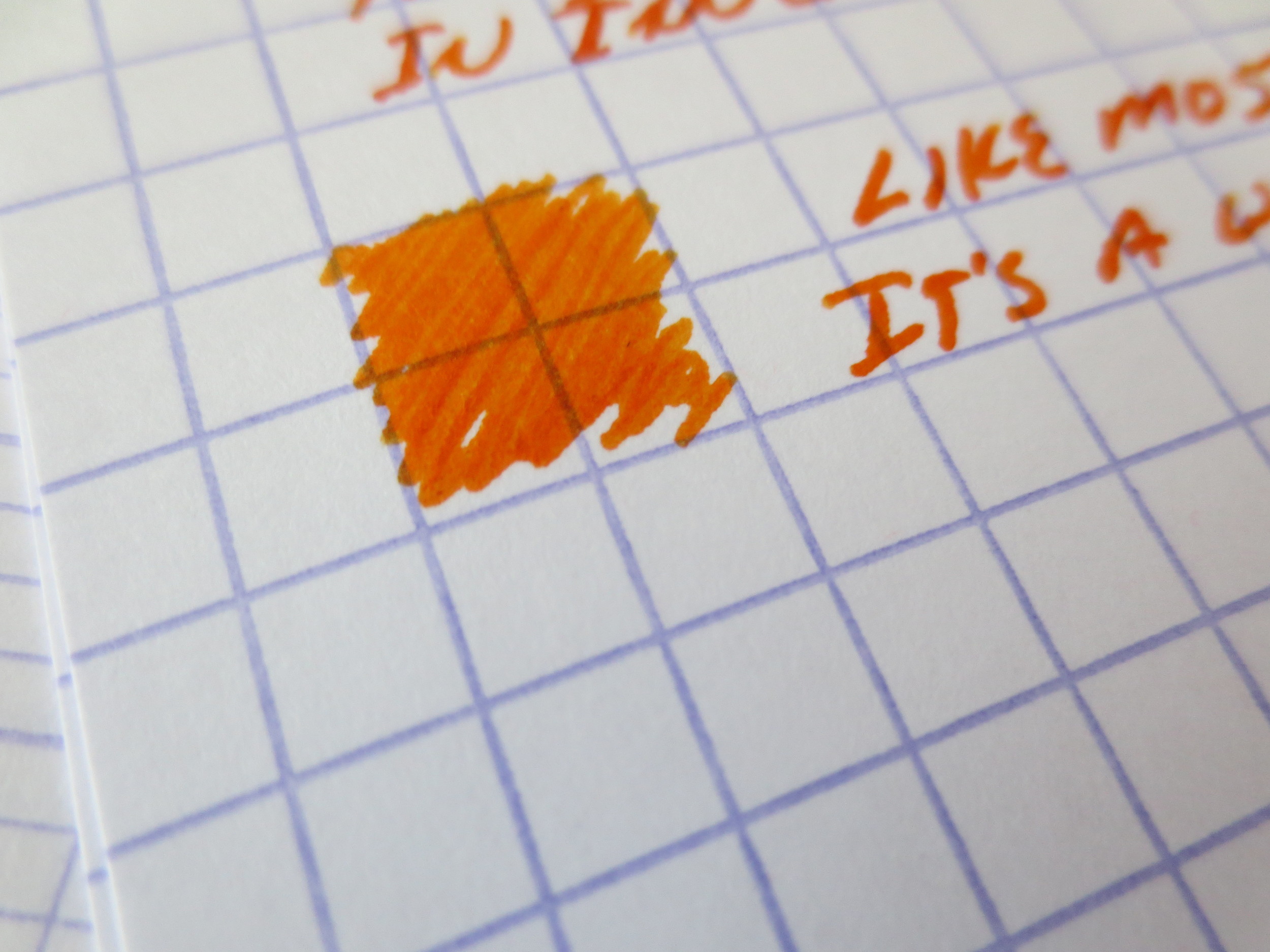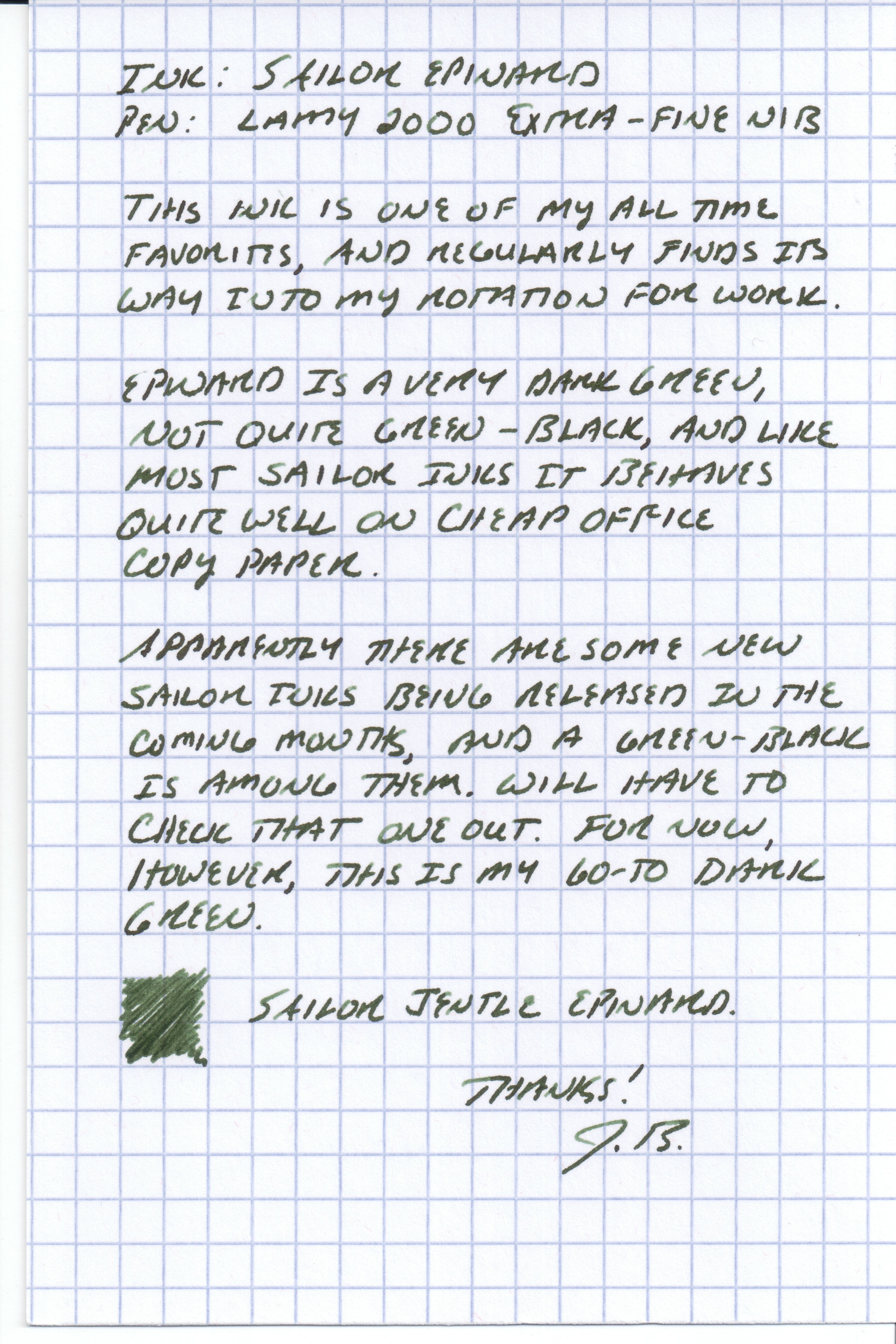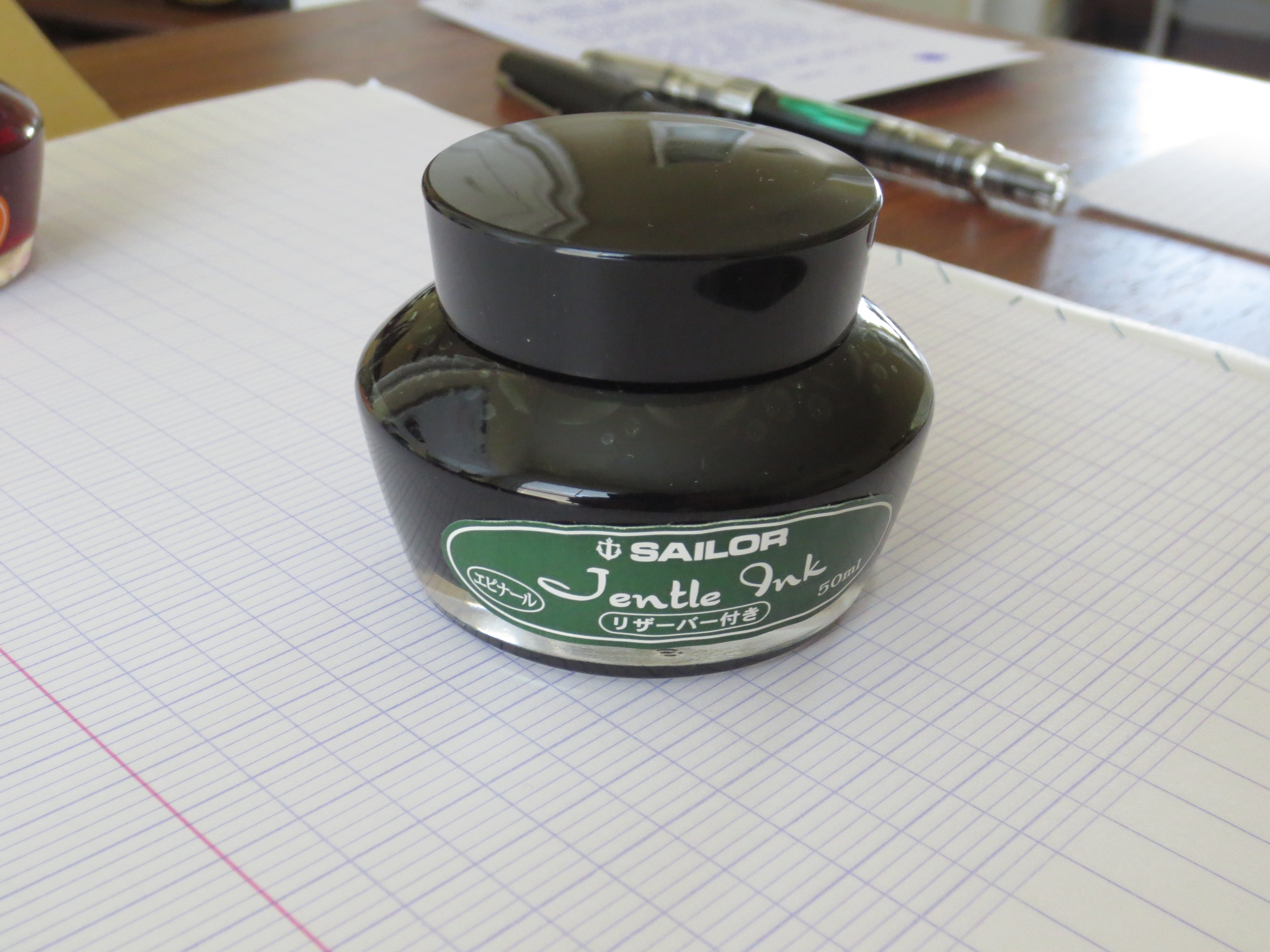Hat's off to Brad and Jeffrey for completing their epic Kickstarter journey and launching Nock Co, which I sincerely hope will be supplying all of us with storage (and more) for our endlessly expanding pen accumulations/collections/addictions. I was one of those who took the plunge on the "All the Cases" option (which, for $75, was a total steal), and received mine in early March. I've spent some time with each of the cases and will review them in turn, starting with the the most basic (the Chimneytops), then moving on to the Maryapple, the Lookout, and the Sassafras, and finally, the Hightower and the Brasstown.
Each one of these cases is marked with the extremely well-designed and well-made Nock Co. Tag.
First Up, the Chimneytops
I might as well start with the "entry level" cases, the Chimneytops. There's nothing fancy about these: just well-designed canvas zip-cases designed to hold most standard-sized pens. They can also hold a variet of other things, such as ink cartridges, erasers, mechanical pencil lead refills, etc. I use the small Chimneytop to carry a handful of "disposable" pens (i.e., gel pens, ballpoints, rollerballs, marker pens) that I always have on me, and use the larger Chimneytop to store ink cartridges and mechanical pencil lead.
Small Chimneytop in Midnight, on the left; Large Chimneytop in Steel, on the right. A wide variety of pens fit into these cases. Pictured are the Sakura Pigma Micron, Pilot Juice, Signo DX, Signo 207, and Sharpie.
The Good
These are nearly perfect, general purpose pen cases. I say "nearly perfect," because I have one small quibble, below, but the construction on these is flawless, and I suspect these will meet the needs of 95% of the pen addict population. The heavy duty Nylon exterior is certainly durable enough to survive being toted around in my messenger bag on a daily basis for the past three months, which I imagine is fairly typical of the use these will receive from most people. I love the colors, which are pretty accurately depicted in the photos in this review.
The Bad
Not so much "the bad," because I don't know how much this point affects the majority of people who bought these cases, but I wish these would have been made the slightest bit longer so as to accommodate woodcase pencils. True, well-used woodcase pencils that have been shortened significantly will fit in the Chimneytops. This takes at least a few sharpenings, though.
This may be a me-specific problem, but newly sharpened wood pencils, like the Draplin Design pencil on the left, and the General's Semi-Hex and Palomino on the right, won't fit into the Chimneytops. I've had some luck angling them into the larger case, but you run the risk of breaking your point because the fit is pretty snug.
Again, this is but a mere quibble, since most people did/will purchase these cases to store pens and mechanical pencils, not woodcase pencils, but it would have been a nice option to have. Perhaps in the future? Overall, I'm impressed with the quality of construction, the colors, and the sheer versatility of the Chimneytops. Next up later this week: the Maryapple, the Lookout, and the Sassafras.
